Not outside the general trend of the world , domestic museums have made efforts to digitize to enhance the experience and attract new visitors. Popular digitization activities include developing virtual tours, creating digital records and 3D images of artifacts.
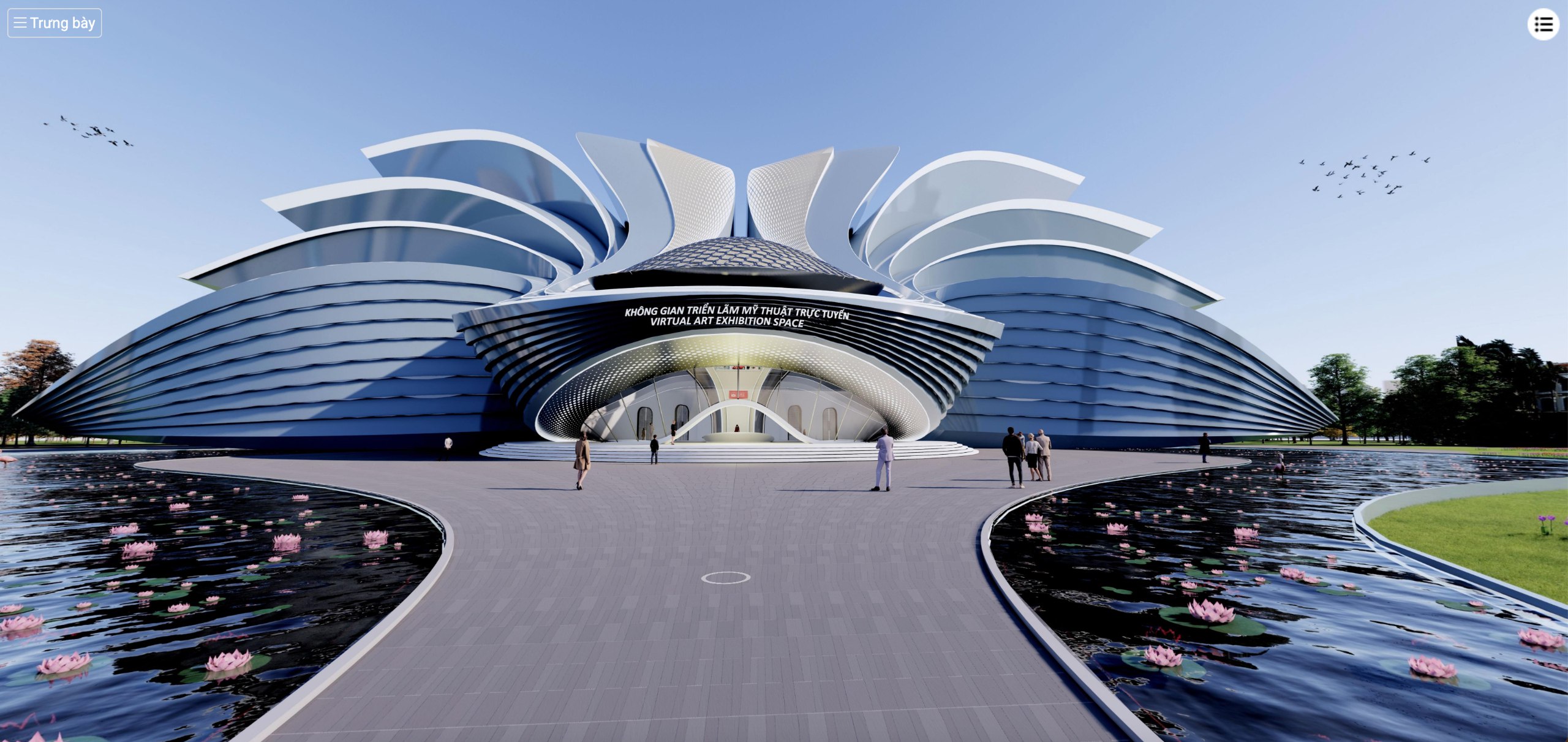
Online Museum of Vietnam Fine Arts Museum
For example, the Ho Chi Minh City Museum of History has applied the Batalis robot to introduce information about the museum, this robot can also dance to music, move and interact with visitors. The Vietnam Fine Arts Museum has introduced the iMuseum application - a multimedia explanation to replace tour guides. Meanwhile, the War Remnants Museum has recreated the space through the application of 3D technology, sound and light.
However, the above technologies have not really exploited the beauty of the exhibits, the experience of visitors, have not fully connected the cultural stories that the museum wants to convey... and especially have not been able to "enrich" the resource warehouse, or in other words, create new sources of revenue for the museum from digitized assets. That is, museums need a technological solution to create newer values.
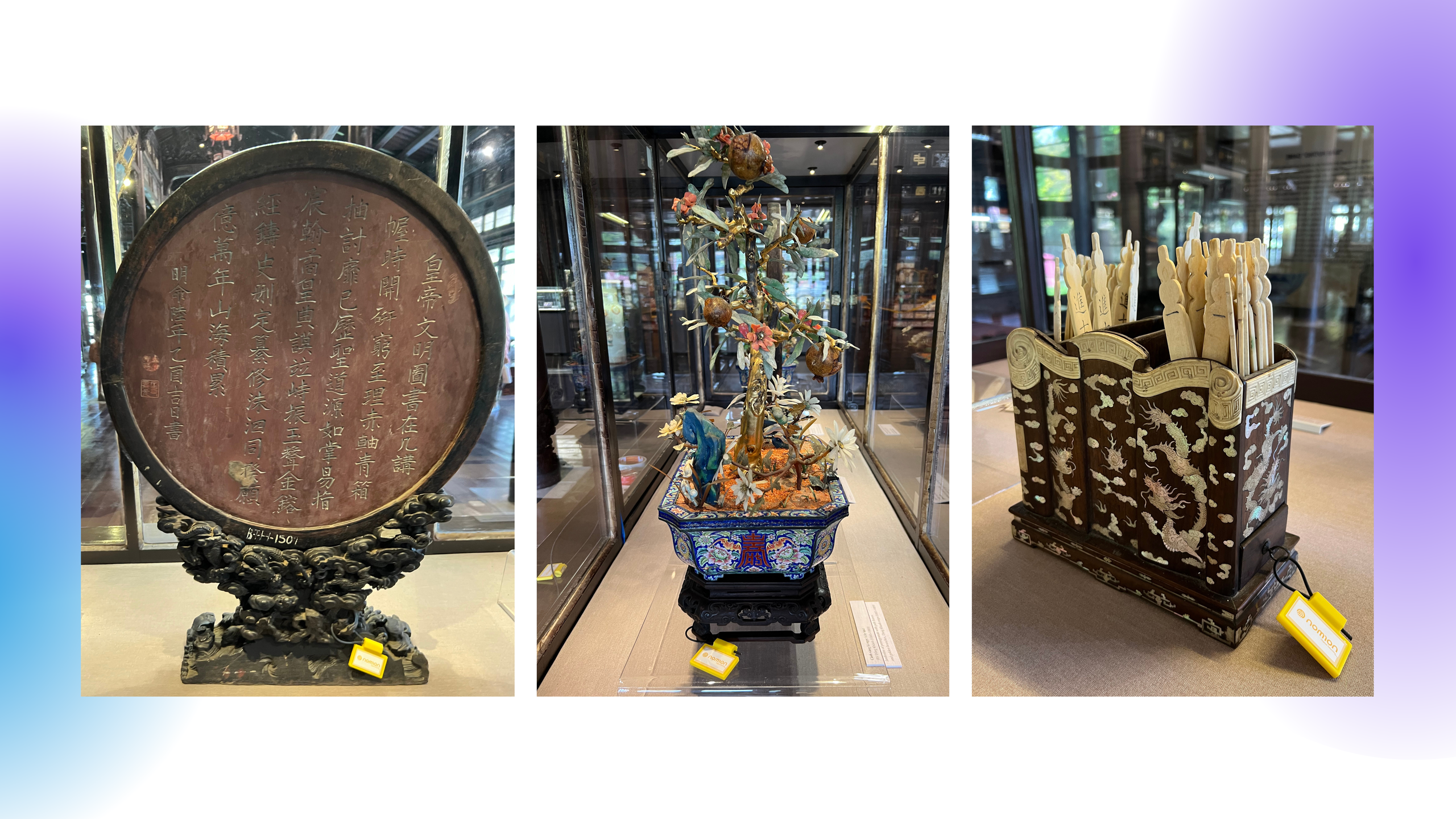
The artifacts are identified by number.
Recently, the Hue Monuments Conservation Center has collaborated with technology startup Phygital Labs to identify 10 Nguyen Dynasty artifacts at the Hue Royal Antiquities Museum. The artifacts selected for identification are typical artifacts of the Nguyen Dynasty kings and mandarins such as thrones, palanquins, shoes (royal utensils used in daily life and ceremonies), gold branches and jade leaves (used for interior decoration), or a set of pink tattoos (a pastime)...
Phygital Labs, with Nomion technology solution and chip attached to the relic, has encrypted the data, creating a digital version for the relic. This technology ensures the uniqueness and 1-1 connection between the physical version and the digital version. Thus, the relic of the Hue Monuments Conservation Center has been identified by blockchain technology and certified ownership, from which digital assets are created from real assets, which are relics. Not stopping there, the Hue Monuments Conservation Center and Phygital Labs continue to exhibit relics on metaverse, the first metaverse digital cultural exhibition in Vietnam, integrating Apple Vision Pro.
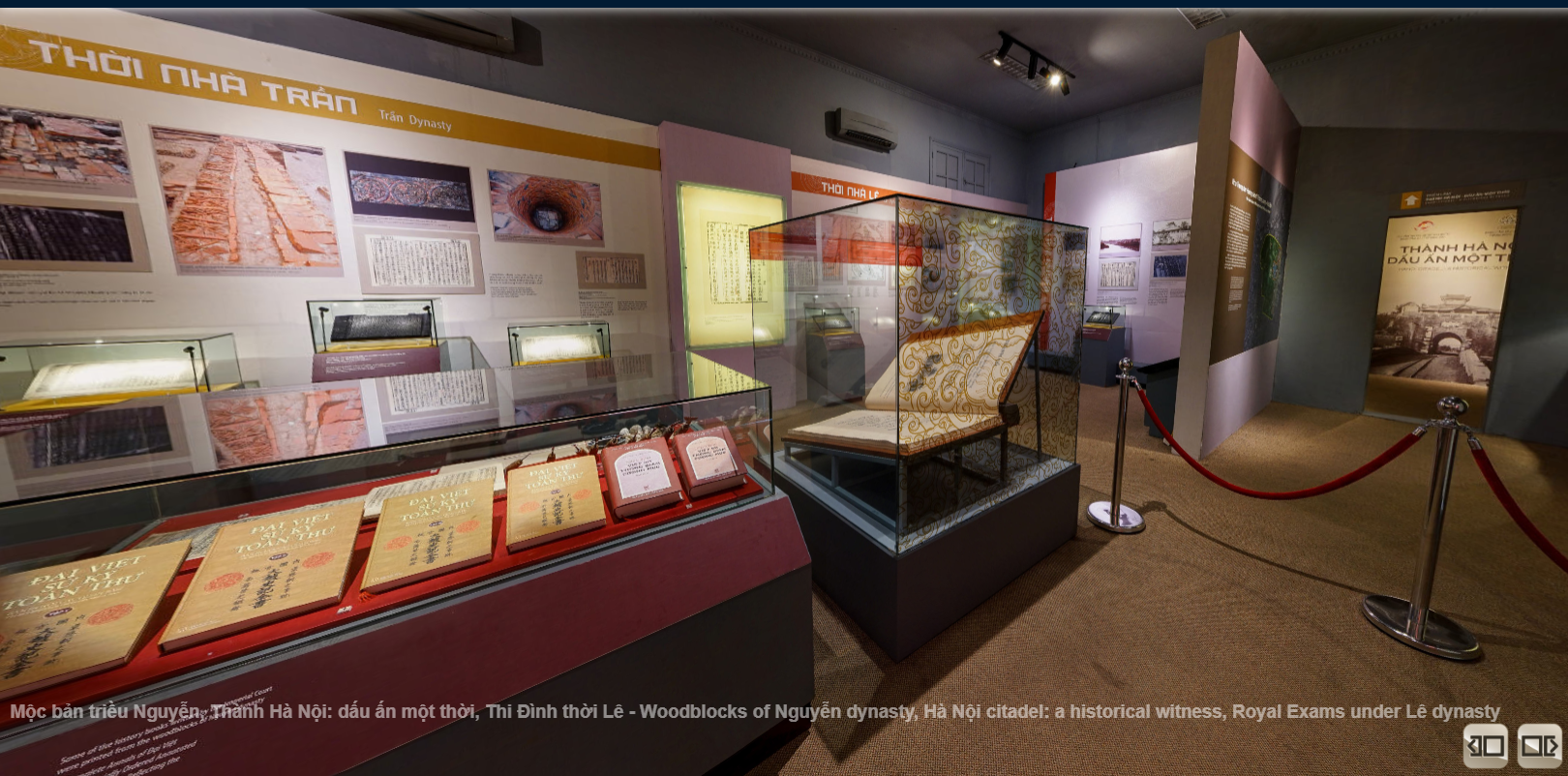
Virtual tour inside Thang Long Imperial Citadel
With technology, the relics of the Hue Monuments Conservation Center have created more value, which is the digital version. Visitors or those in need can buy the certified souvenir version along with the digital version... and in the future, these two units also aim to exploit the metaverse exhibition space as a new type of service in the digital space.
Or with the bronze statue of the Temple of Literature with an identification chip, the result of the "Tam Chan" project implemented by the UNESCO Information Center (UNET) and Phygital Labs. By using a smartphone to interact with the chip attached to the bronze statue of the Temple of Literature, users will be able to access all information about the bronze statue such as owner, history, origin. Hundreds of people have owned the statue of the Temple of Literature with a chip attached with the Nomion technology solution.
The trend of exploiting the value of antiques, museums or cultural products to contribute to promoting the digital economy is currently. For example, the Henan Museum (China) has sold copies of archaeological artifacts through museum blind boxes. Inside the blind boxes are copies of antiques such as the Zhou Dynasty bronze bell, a jade statue dating back 2 millennia... From December 2020 to November 2021, the Henan Museum released more than 100 different museum blindbox sets and raised 4.7 million USD.
For Vietnam, the application of Phygital Labs' digital identification technology to antiques, items... and thereby creating digital assets certified by the management unit is a very special goal for this startup to gradually expand to other fields and markets to realize the goal of contributing to the digital economy.
According to statistics from the Ministry of Culture, Sports and Tourism, the country currently has 188 museums, preserving over 4 million artifacts, including many valuable collections of artifacts on history, culture, ethnology, fine arts... so this is a huge market for Phygital Labs to connect and share values that are "lying dormant", waiting to be exploited.
Source: https://thanhnien.vn/cong-nghe-dinh-danh-tao-gia-tri-moi-cho-bao-tang-co-vat-185240529145218591.htm



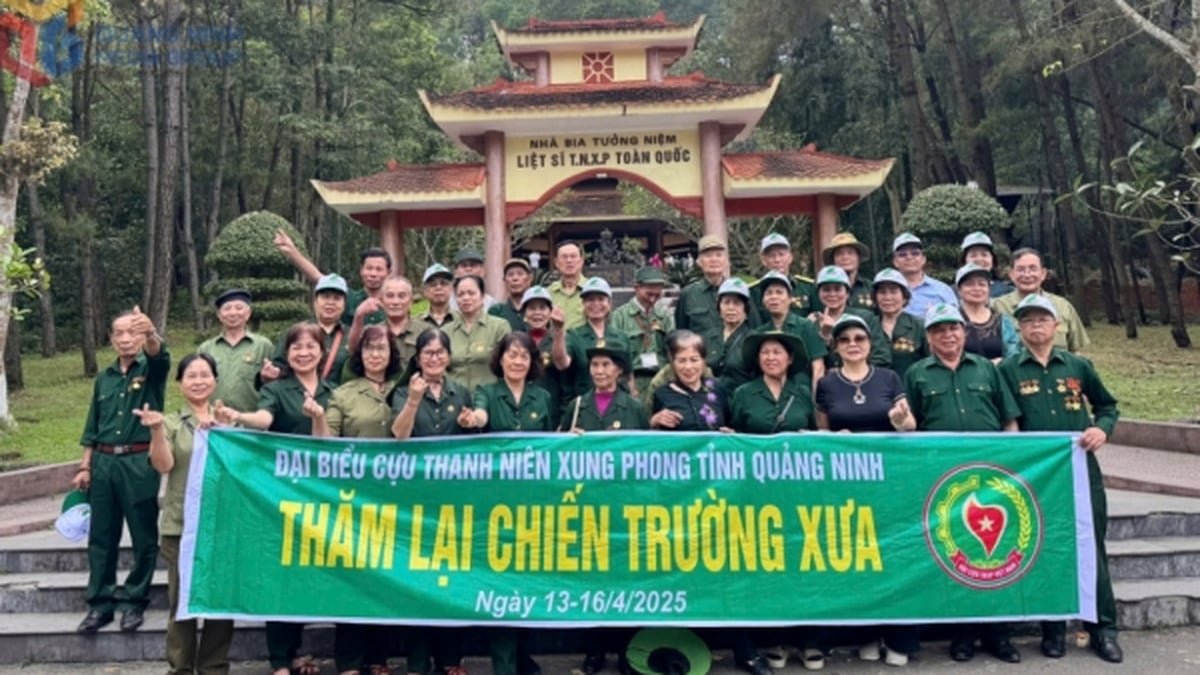


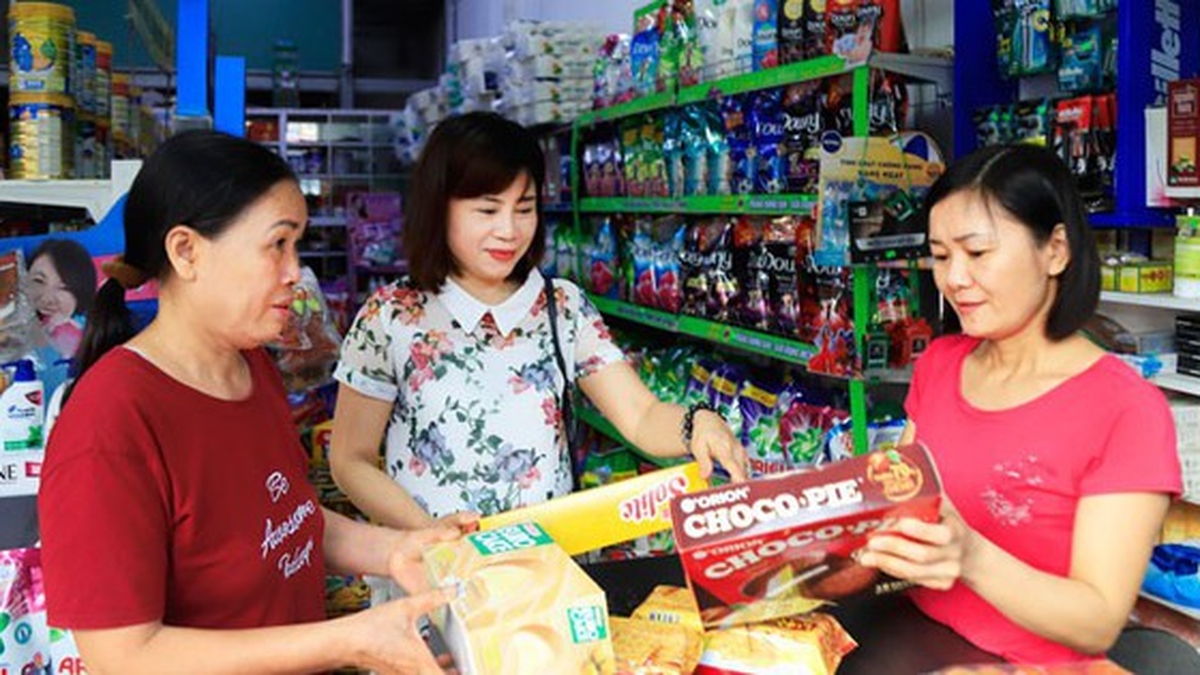
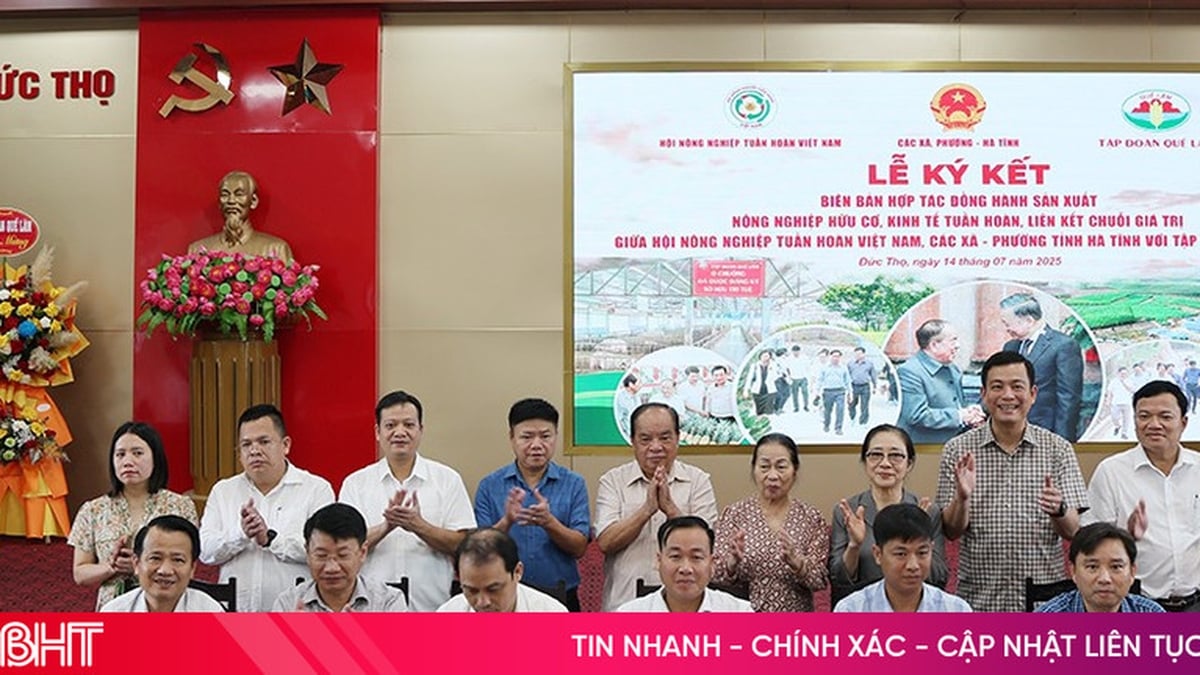
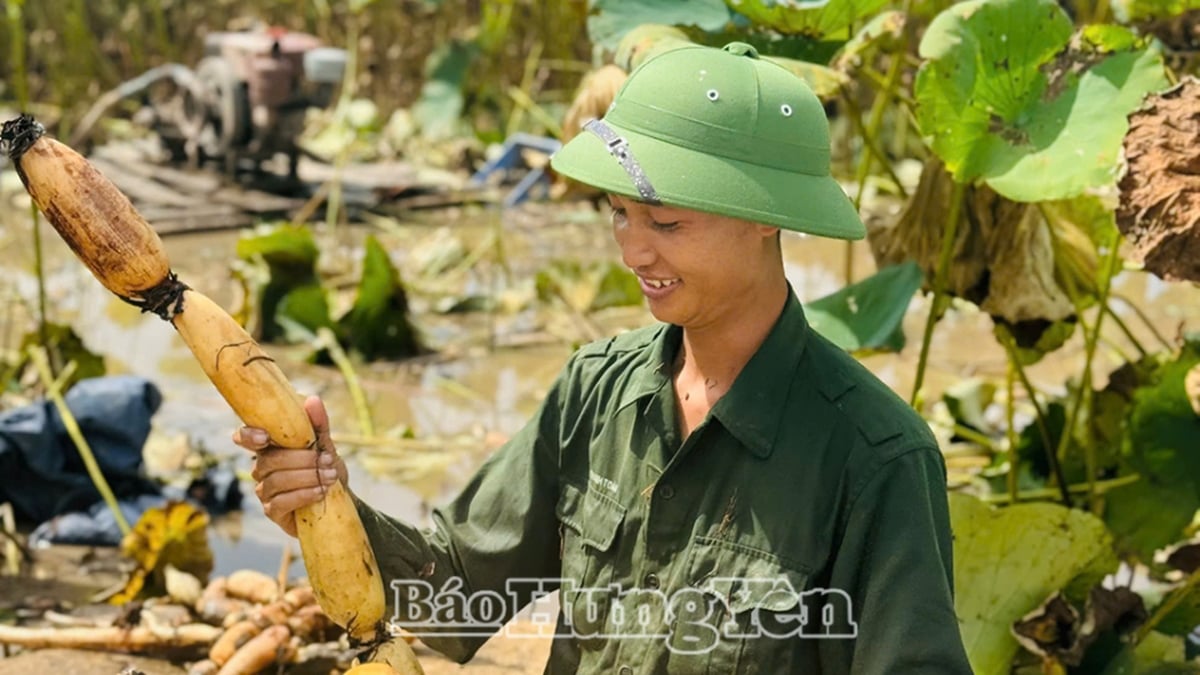
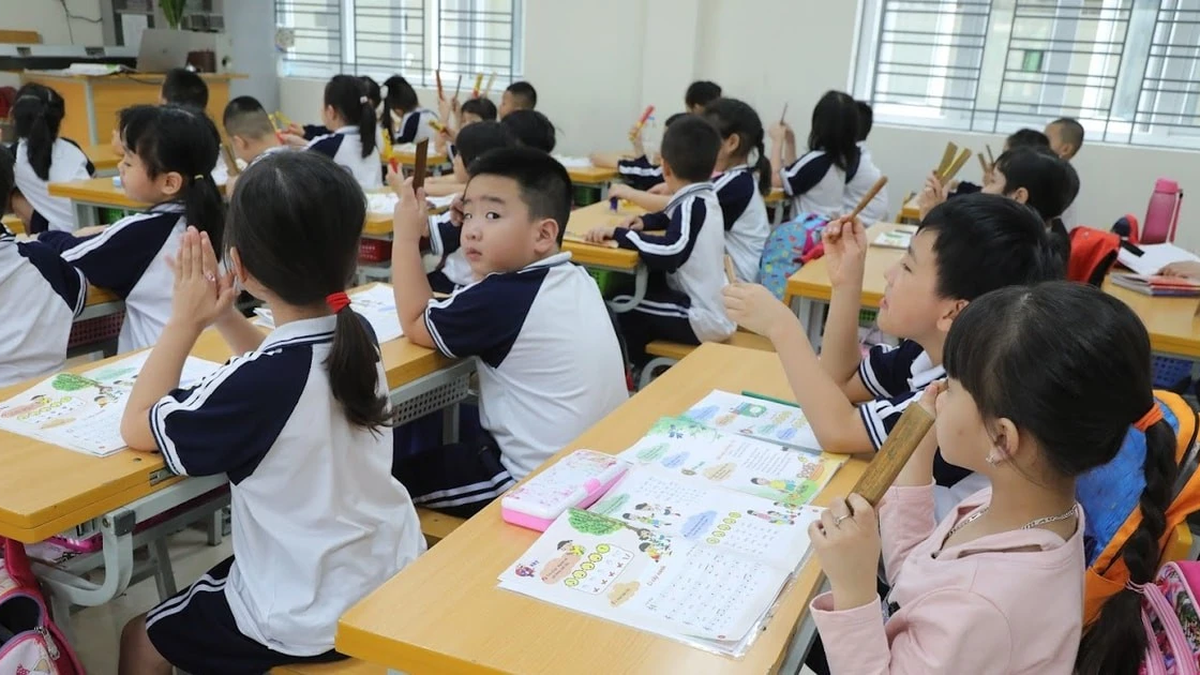
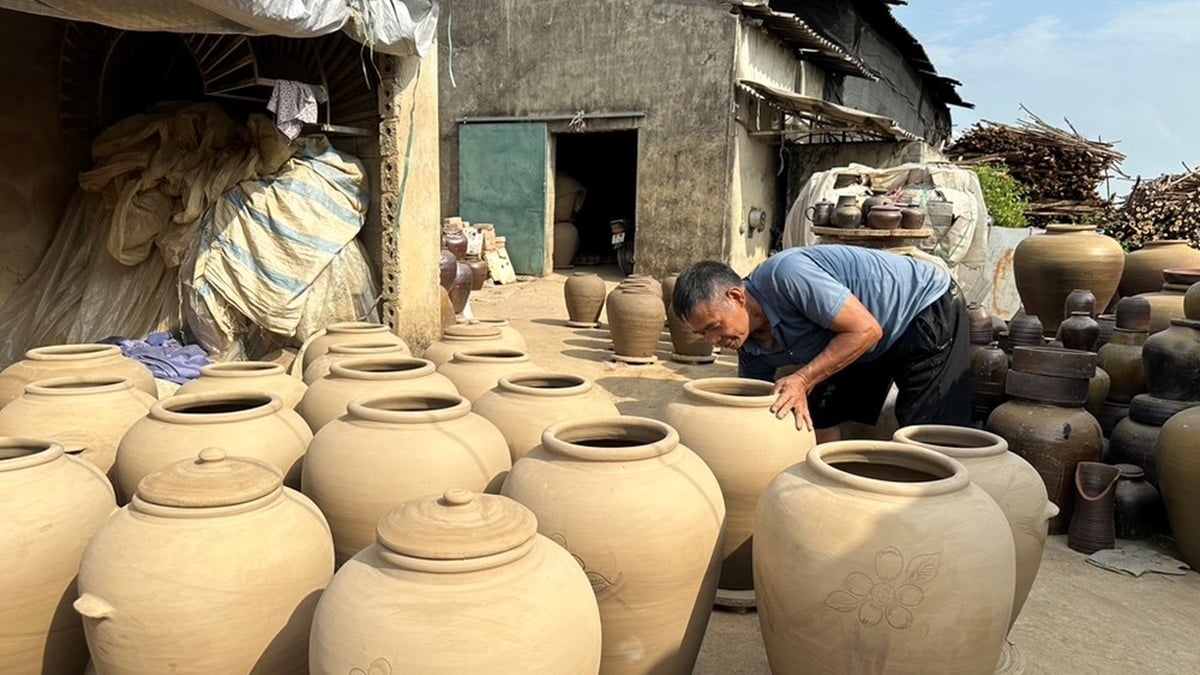
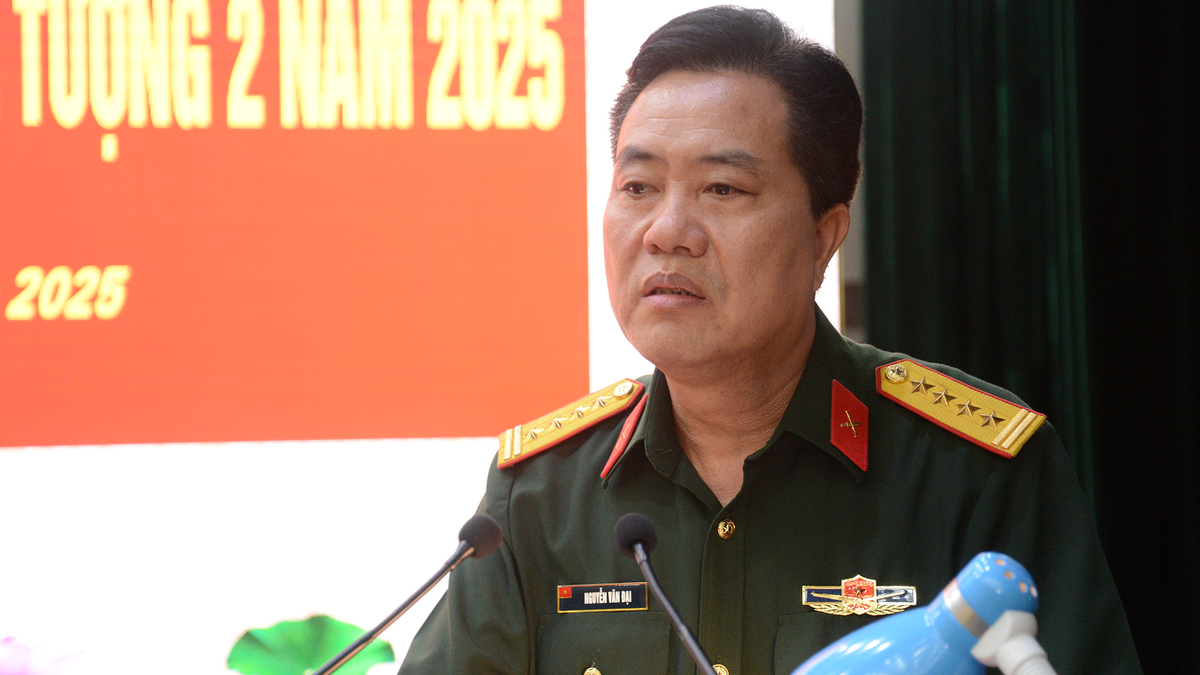















































![[Maritime News] Treasury Department Targets Diverse Networks Facilitating Iran's Oil Trade](https://vphoto.vietnam.vn/thumb/402x226/vietnam/resource/IMAGE/2025/7/14/43150a0498234eeb8b127905d27f00b6)




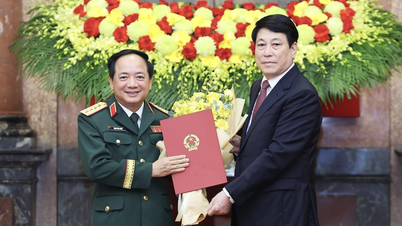


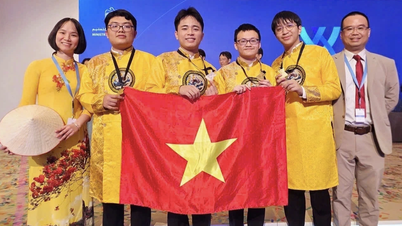



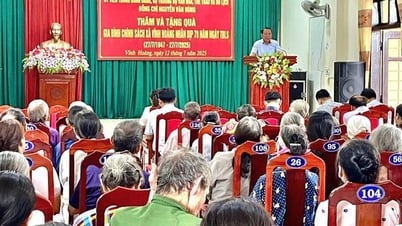

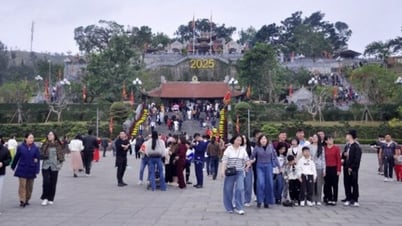

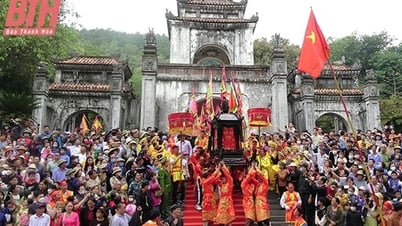























Comment (0)